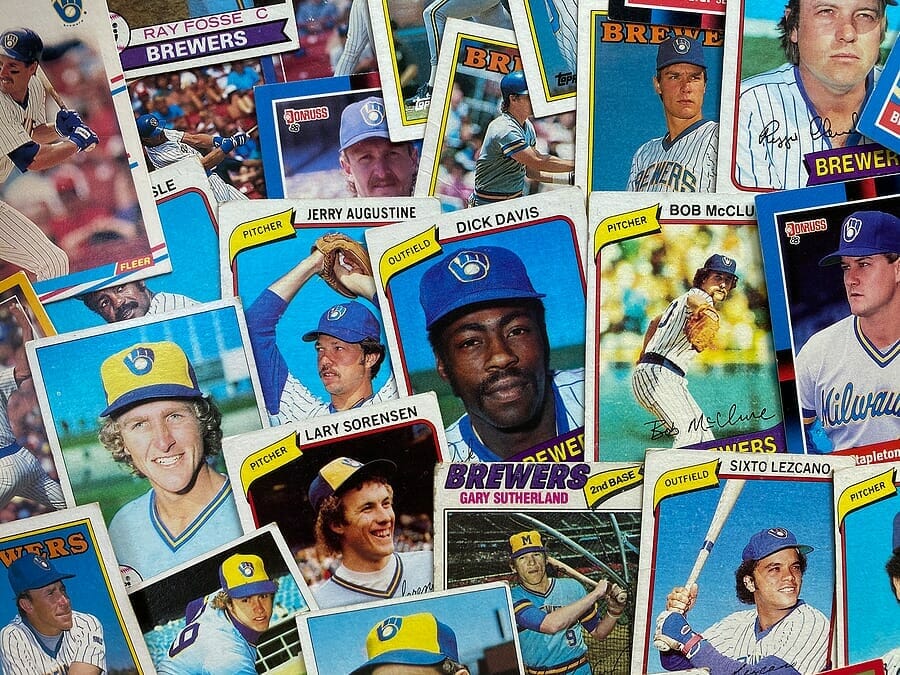One of the most interesting aspects of trading cards, when creating them, playing games that use them or collecting them, is how some cards are worth more than others, in some cases to a ludicrous degree.

In terms of materials, most cards are made of relatively similar cardstock, and anyone with creativity and a place to print flash cards online could make trading cards or a card game themselves.
The rarity and collectability of cards keep players buying more cards to see if they will find a special card in a pack. It is a reason why a random card out of a cigarette packet is worth over £4.77m and is currently an exhibit in a museum.
It is also the reason why in 2020 and 2021 there were huge rushes by speculative buyers to pick up Pokemon trading cards in a rush not seen since the days of the Beanie Babies economy.
Here are some of the reasons some trading cards build in value and others can be bought for less than a penny.
Supply And Demand
A trading card’s value is affected by supply and demand, like pretty much anything you can buy.
The supply and demand principle is the idea that the value of a resource will increase if both of the following apply:
- A growing number of people want it,
- Less of it is available.
This makes sense, if people want something a lot they will pay more for it, and if less is available and they still want it, they will pay more.
In TCGs this is explicitly codified as “rarity”, although not all rare cards will be worth the same amount.
For example, a 1st Edition Base Set Charizard, arguably the most valuable Pokemon trading card available, is worth more than Magneton or Raichu in the same set, despite them technically being the same official rarity value.
This is the core principle behind trading card value. However, it doesn’t always cover every card. There are cards with huge print runs such as Michael Jordan and Mike Trout rookie sports cards that are still worth thousands, highlighting how much demand matters.
In practice for trading card games, this demand comes from either its use-value as a playable card or its novelty value as a relative rarity.
Playability
Trading card games are a rare type of game where it can be the case that the more cards you can afford the better you are at the game as you have more options to construct your deck.
The hope is that with so many cards, most of them will be able to balance each other out, allowing for different strategies to become successful.
A card’s value for many players is determined by how popular (or in some cases, necessary) it is in successful decks, which is commonly known as the “metagame”.
For example, in popular TCG Magic the Gathering, the main competitive format is “Standard”, which is a playing style where only cards made in the past two years can be used, so cards become less valuable as they become illegal in standard.
As well as this, in a lot of cases, a card that is banned and thus cannot be used in competitive play also loses value.
Probably the most notable example of this was Jace, The Mind Sculptor, the first card that cost over $100 whilst still legal in standard play. It was such a powerful card and made existing decks inherently better that it was banned, which halved its value.
Novelty
Also known as its non-use value, this is a card that is valuable and desired for aspects not necessarily related to its use in games.
This primarily includes first edition cards, or cards that for one reason or another have a low supply such as special tournament editions or cards only available in large boxes.
Black Lotus, the most famous card in Magic the Gathering, manages to be a card that is still used in the tiny number of formats that allow it due to its ability to make any deck better, and also have the reputation and name value for doing just that.
This is the reason why Black Lotus cards have sold for hundreds of thousands of pounds.
Looking for a reliable printing company?
Get an instant quote